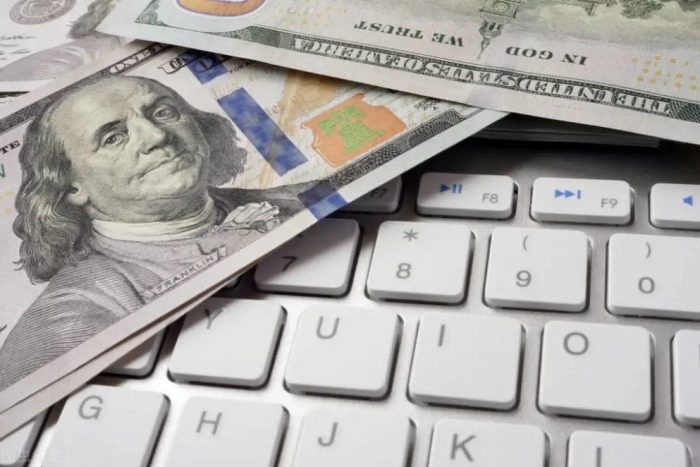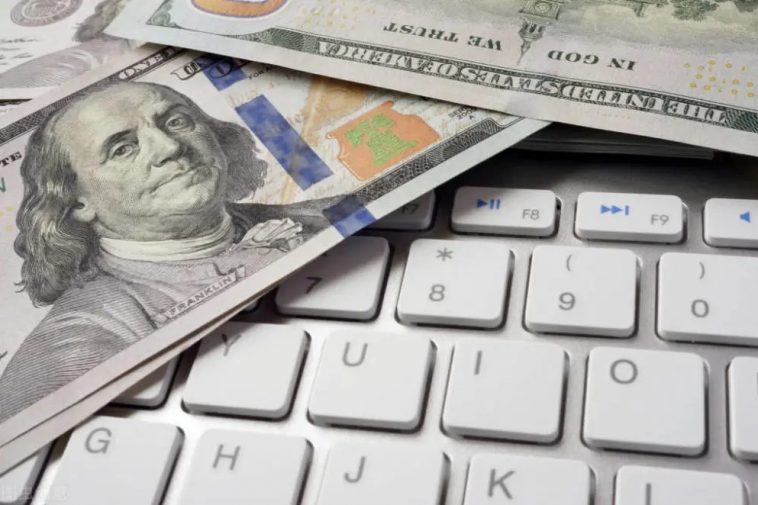In the past, all kinds of thieves would appear on the bus, in the payment queue at the hospital, in the market, etc. Now, they have disappeared or are disappearing. This is the role of Internet payment and Internet monitoring. It can be said that the Internet has killed thieves. industry.
The next Internet will change more industries and kill more occupations. We will not discuss this. For our consumers, the most hated is fake and shoddy products: all kinds of fake products, still can not be eliminated, fake clothing, fake luxury goods, fake products, make people very headache… …

Let’s think about it again: how did these counterfeit goods come about? We do not rule out that individual manufacturers produce their own counterfeit and shoddy products, but more counterfeit and shoddy products are circulated through third parties, for example, through agents, distributors, Online shops, etc., coupled with the turmoil of some small workshops, make it impossible to put an end to fake and shoddy products in the society.
This is not only hated by the government and the public, but also hurts the interests of large manufacturers or brand manufacturers. They hope that the government will step up efforts to crack down on counterfeit and shoddy products, so that there is no room for these products to be produced, including online, In urban brick-and-mortar stores and remote fairs.
However, freezing three feet is not a day’s cold. To solve these problems, it is not easy, and there must be disruptive technologies. The blockchain technology under the Metaverse can empower commodities due to its features of decentralization, immutability, and uniqueness. Commodities form one-to-one “digital avatars”, which are embodied in digital collections, digital tokens or other digital forms.
For example, for agricultural products, with the help of blockchain technology, “product traceability” can be realized, and the production and circulation process of products can be chained, so that they can be made public, traceable, and cannot be modified. In this way, counterfeit and inferior products have nowhere to hide.
For another example, for more daily necessities such as tea, wine, and clothing, physical + digital certificates can be realized and sold together. In the past, when we bought jade, we also carried some certificates, but it was difficult to distinguish the authenticity of these certificates. If it is a digital certificate publicly released by an official authority, it corresponds to the physical product one by one, and the physical product is 3D scanned. Added to the certificate, the fake can no longer appear.
In fact, everything can be chained. There are more physical assets, or physical commodities and items, which are tokenized and digitized through blockchain technology. The daily sales and circulation are digital products, and when people really need physical goods, they can obtain them again For physical items, this can not only greatly improve circulation efficiency and reduce circulation costs, but also fundamentally prevent the emergence of counterfeit and shoddy products.
Perhaps, some people are still wondering: Can these physical assets or commodities be digitized? I said, even a “super asset” such as the RMB can be digitized. What other asset or entity is more complex and important than the RMB?
The digital society has arrived, and blockchain technology is on the way. What do you think about this?




GIPHY App Key not set. Please check settings